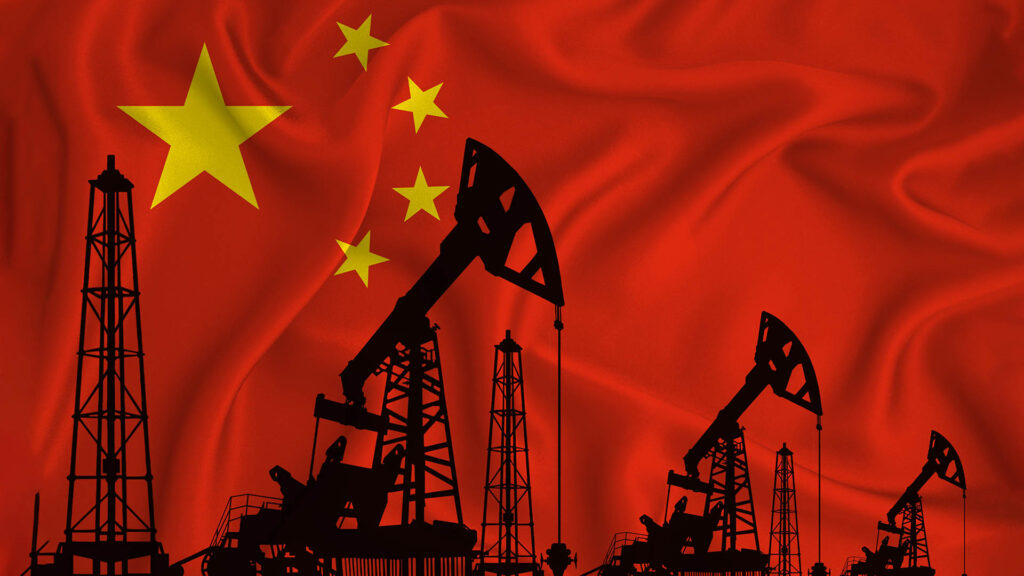In a country grappling with lackluster demand and trade, August proved to be a robust month for imports of commodities vital to Australia’s economy. Overall, import figures were on the rise, owing in part to the rebound from the low demand levels of the previous year, which had been influenced by stringent Covid restrictions.
While a few negative aspects were noted, such as a 5% decline in imports of unwrought copper and a 29% decrease in steel products compared to the previous year, they were outweighed by significant increases in key commodities. Notably, oil imports surged by 31%, iron ore by 10.6%, coal by over 50%, and natural gas (including LNG) by more than 22%.
Other commodities also witnessed a rise in imports, with soybeans increasing by 30%, edible oil (primarily soy-based) surging by 92%, and rubber rising by 9%. Import of copper ores and concentrates jumped by nearly 19%, contrasting with the weakness in metal imports.
For Australia, iron ore remains a crucial import, and China’s imports in August saw a 13.8% increase from July, reaching 93.48 million tonnes, as Chinese mills ramped up production in anticipation of peak construction months. In total, iron ore imports reached 106.42 million tonnes, marking a 10.6% year-on-year increase from a year ago when demand had been suppressed due to Covid restrictions.
Higher demand for iron ore was also reflected in increased daily output of hot metal, a key indicator of iron ore demand. Steel mills increased hot metal production due to a shortage of scrap steel, thereby boosting iron ore consumption.
Despite the weakness in the property and construction sectors, China’s iron ore imports for the first eight months of 2023 amounted to 775.66 million tons, up 7.4% compared to the same period in the previous year. There was no indication of a government order to curb production, even as steel mills continued to divert their output into export markets to manage excess production.
In August, China’s steel product exports surged by 34.6% compared to August 2022, reaching 8.28 million tonnes, a 13.3% increase from July. The total exports for the first eight months of the year stood at 58.79 million tonnes, reflecting a 28.4% year-on-year increase. This surge could amount to nearly 8% of the expected annual crude steel production, almost equivalent to a month’s output.
Meanwhile, China’s coal imports exceeded the unofficial annual limit of 300 million tonnes, with August imports reaching 44.3 million tonnes, the highest monthly total since at least 2015. This increase was driven by coal-powered electricity demand to compensate for weak hydropower output. Coal imports for the first eight months of the year totaled 306 million tonnes, marking an 82% year-on-year increase.
Demand for thermal coal used in the power sector was further supported by low rainfall in southern China, which affected hydropower facilities. Additionally, lower domestic coal supply contributed to higher imports, with China’s coal output declining by 6.3% in July due to safety measures and mine inspections following mining accidents.
China’s copper imports fell by 5% in August from the previous year, but imports of copper ore and concentrates reached a record monthly high. Copper imports for the first eight months of 2023 dropped by 10% compared to the same period in 2022, signaling weakness in demand, particularly from the housing and construction sectors.
In contrast, China’s copper ore and concentrate imports totaled 2.7 million tons in August, a 10.9% increase from August 2022 and a historic high. Rising domestic output also impacted copper imports, with China’s refined copper output reaching a record high of 989,000 tonnes in the same month.
Lastly, China experienced a surge in crude oil imports in August, driven by refiners building inventories and increasing processing to take advantage of higher profits from exporting petroleum products such as petrol, jet fuel, and diesel. Crude oil shipments to China increased by 31.9% year-on-year, reaching 52.8 million tonnes or 12.43 million barrels per day, surpassing the levels of the previous year when Covid restrictions had significantly reduced domestic fuel demand.
The surge in oil imports aligns with the broader trend observed throughout the year. However, the ongoing fluctuations in oil prices, coupled with currency issues, may influence China’s import decisions for the remainder of the year.
In addition to oil, natural gas imports also rose significantly in August, with a 22.7% increase compared to the previous year. This surge was attributed to the impact of high global gas prices on LNG purchases. Over the first eight months of 2023, China’s LNG imports totaled 77.7 million tonnes, marking a 9.4% increase.
These import trends highlight the complex challenges facing China’s economy, influenced by factors such as international market dynamics, domestic supply issues, and environmental concerns, including unpredictable weather patterns and climate change.

